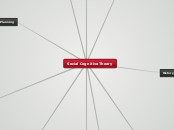realizată de Paola Angarita 1 an în urmă
115
Learning Environments in a Changing Society
Modern educational practices emphasize creating dynamic and engaging learning environments that cater to both teacher-centered and student-centered approaches. These environments aim to motivate and challenge students through authentic and constructive methods.









